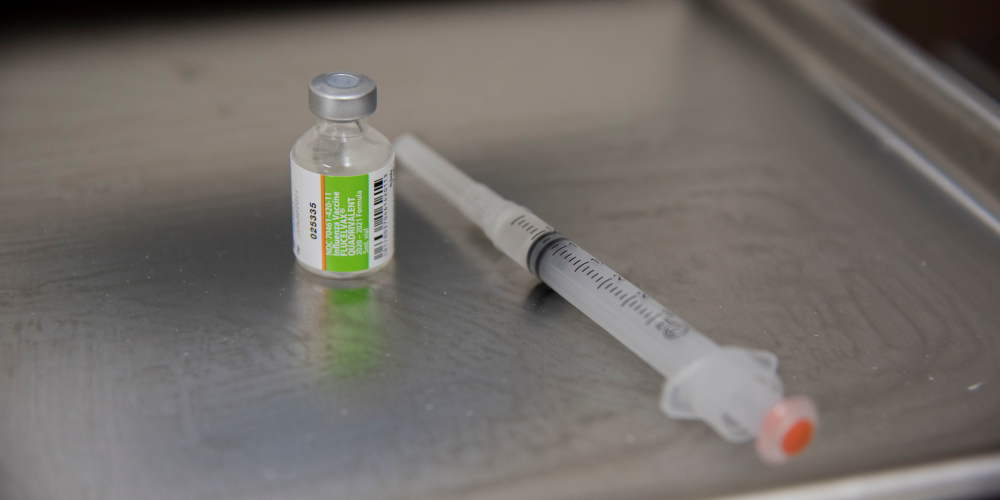ALBUQUERQUE, N.M. — Microneedles measure only two to three times the diameter of human hair and about a millimeter long. But their impact is significant, from helping U.S. service members in the field diagnose infections earlier to helping individuals monitor their own health.
Sandia National Laboratories is at the forefront of microneedle research and is partnering with others to expand the technology.
A microneedle is a minimally invasive way to sample interstitial fluid from under the skin. Interstitial fluid shares many similarities with blood, but there is still much to learn about it.
“When we started work in this field in 2011, our goal was to develop microneedles as a wearable sensor, as an alternate to blood samples,” said Ronen Polsky, who has led Sandia’s work in microneedles. Microneedles can access interstitial fluid for real-time and continuous measurements of circulating biomarkers.
“People wear continuous glucose monitors for blood sugar measurements,” Polsky said. “We want to expand this to a whole range of other conditions to take advantage of this minimally invasive sampling using microneedles.”


